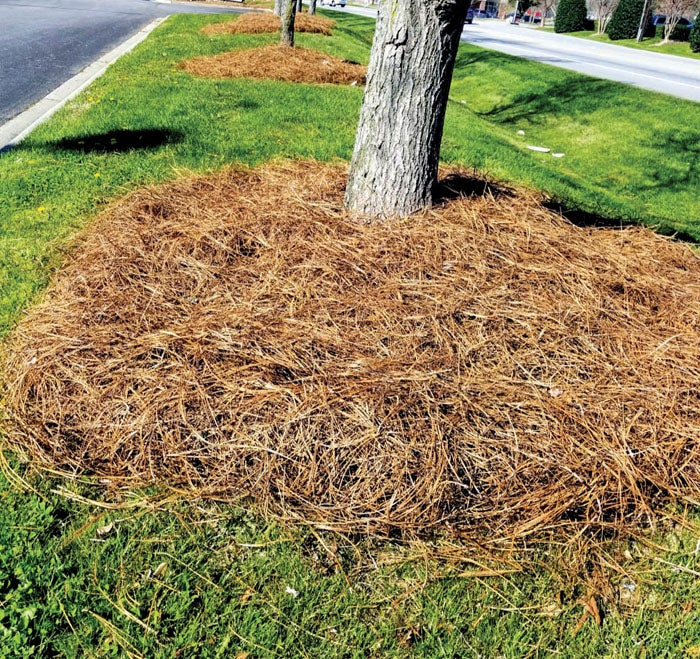Home & Garden: Q&A — Fertilizing shrubs and putting out mulch
Published 12:00 am Sunday, March 25, 2018
Our weather will continue to improve as we get closer to frost-free days. Retail outlets and nurseries will soon be stocked and ready. Many homeowners have planning questions about their landscapes. Below are a few landscape gardening questions posed recently that may be of interest to you.
Question: When is a good time to fertilize my shrubs? I know that fescue lawns are fertilized in the spring, but when do I need to fertilize my trees and shrubs?
Answer: Fertilize your shrubs when you see start to see new growth appear on the limbs and twigs. Slow-release fertilizers provide constant feeding throughout the growing season. You can always supplement slow-release granular fertilizers with liquid fertilizers.
Question: I pruned my dogwood a couple of days ago and I’ve noticed that it’s bleeding profusely. I’m worried it may not survive. Do I need to use pruning paint or a sealer to stop the bleeding?
Answer: No. Research has shown that pruning paint is of no benefit and in some instances, and can be a detriment. The bleeding will stop soon with the open wound forming callus tissue.
Question: I want to put down pine needles for mulch around my shrubs. I’ve always heard that long leaf pine needles are better than the other kind of pine needles. These cost more, just wondering, why they are better?
Answer: Long leaf pine needles are a little longer than other needles and have a much more vibrant color. Pine needles have wax within the veins which keeps them from decomposing at a rapid rate. Long leaf pine needles have more wax within the veins than other types of pine needles.
Question: This the second year in a row that my daffodils have not bloomed. What do I need to do to make them bloom again?
Answer: There are a few reasons why your daffodils do not repeat bloom this year. Over-crowding, too much shade, damaged foliage after the bloom or wrong variety are just a few reasons that result in few or no blooms. Locate the bulbs in an area that gets at least six hours of full sun each day. Daffodils and other true bulbs produce bulblets each growing season. You may notice that each year the foliage gets thicker. They can produce too many bulblets impeding uptake of nutrients. It’s important to periodically divide them so they will have space to expand and grow. Another important factor is lack of foliage during the summer after bloom. After bloom, be careful not to damage or remove foliage until it begins to fade, turning yellow and falling over. It’s important to fertilize bulbs in late fall and early spring with bulb fertilizers. Select bulbs that are recommended for our area. Avoid bargain bulbs.





